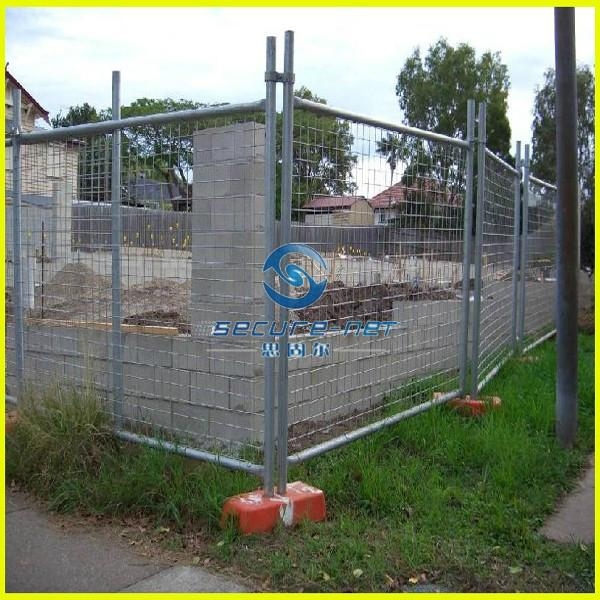By function[edit source | edit]Agricultural fencing, to keep livestock in and/or predators out
Privacy fencing, to provide privacy and security [1]
Temporary fencing, to provide safety and security, and to direct movement, wherever temporary access control is required, especially on building and construction sites
Perimeter fencing, to prevent trespassing or theft and/or to keep children and pets from wandering away.
Decorative fencing, to enhance the appearance of a property, garden or other landscaping
Boundary fencing, to demarcate a piece of real property
Newt fencing, amphibian fencing, drift fencing or turtle fence, a low fence of plastic sheeting or similar materials to restrict movement of amphibians or reptiles.
Pest-exclusion fence
Pet fence Underground fence for pet containment
Pool fence
Snow fence
A balustrade or railing is a kind of fence to prevent people from falling over the edge, for example, on a balcony, stairway (see railing system), roof, bridge, or elsewhere near a body of water, places where people stand or walk and the terrain is dangerously inclined.
By construction[edit source | edit]Chain-link fencing, wire fencing made of wires woven together
Close boarded fencing, Strong and robust fence constructed from morticed posts, arris rails and vertical feather edge boards
Concrete fence, easy to install and highly durable
Ha-ha (or sunken fence)
Hurdle fencing, made from moveable sections
Palisade
Picket fences, generally a waist-high, painted, partially decorative fence
Post-and-rail fencing
Roundpole fences, similar to post-and-rail fencing but more closely spaced rails, typical of Scandinavia and other areas rich in raw timber.
Slate fencing in Mid-WalesSlate fence, a type of palisade made of vertical slabs of slate wired together. Commonly used in parts of Wales.
Spear-top fence
Split-rail fences made of timber, often laid in a zig-zag pattern, particularly in newly-settled parts of the United States and Canada
Stockade fence, a variation of the picket fence that is typically 5 to 6 feet (1.5 to 1.8 m) high with pickets placed adjacent to one another with no space between. This type of fence is commonly used for privacy.
Vinyl fencing
Wattle fencing, of split branches woven between stakes.
Wood-panel fencing
Wrought iron fencing, made from tube steel, also known as ornamental iron.
Hedge, including:
Cactus fence
Hedgerows of intertwined, living shrubs (constructed by hedge laying)
Live fencing is the use of live woody species for fences.
Turf mounds in semiarid grasslands such as the western United States or Russian steppes`
Wall fences, including:
Dry-stone wall or rock fence, often agricultural
Wire fences
Smooth wire fence
Barbed wire fence
Electric fence
Woven wire fencing, many designs, from fine chicken wire to heavy mesh "sheep fence" or "ring fence"
Welded wire mesh fence

